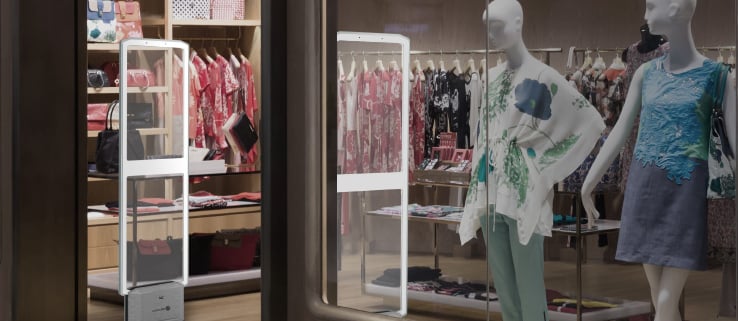What is an EAS System?
October 1, 2019
Electronic article surveillance, or EAS, is a type of technology that prevents shoplifting. EAS is most often used in retail stores but can also be found in libraries and office buildings. EAS usually involves three components:









